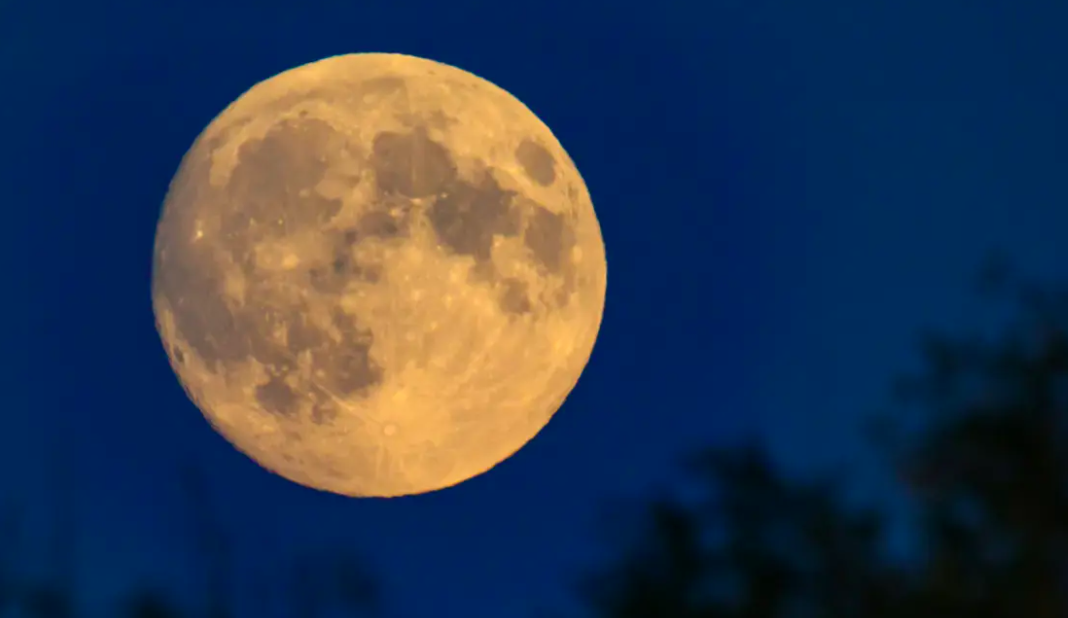From yesterday, “Hunter’s Moon” (nicknamed the “Harvest Supermoon”) has been adorning our sky, with the moon remaining full for approximately three days (until tomorrow, October 18).
Its peak brightness will be reached this morning, U.S. local time, according to NBC. This will be the largest and brightest supermoon of the year, with the moon located 357,364 kilometers from Earth, as reported by the weather platform Meteovista, and noted in the Old Farmer’s Almanac.
“While a supermoon is technically larger and brighter than a regular full moon, it only appears about 7% larger, which may be a subtle difference for the human eye, depending on other conditions,” the almanac states.
“As the moon rises near the horizon around sunset, it may appear larger and orange,” adds the article.
What is the “Hunter’s Moon?“
“Hunter’s Moon” is the full moon that follows immediately after the Harvest Moon. This name, rooted in Native American practices and European traditions, refers to the bright light of the moon that helped hunters locate migratory games during the autumn season.
This moon in mid-October signaled the beginning of preparations for winter supplies. Depending on the tradition, it is also known as the “Migratory Moon” or the “Falling Leaves Moon,” marking the end of the harvest season and the onset of cold autumn nights.
What is a Supermoon?
A supermoon occurs when the moon is at the point in its orbit closest to Earth. During this time, the moon appears about 7% larger and 14% brighter than a typical full moon.
This October supermoon is particularly notable as it is the most spectacular of the year. It is the second supermoon of the year, following the first in September. Since yesterday, the moon has been visible at its best during sunset. When close to the horizon, it takes on an orange or reddish hue due to atmospheric refraction.
Ask me anything
Explore related questions





